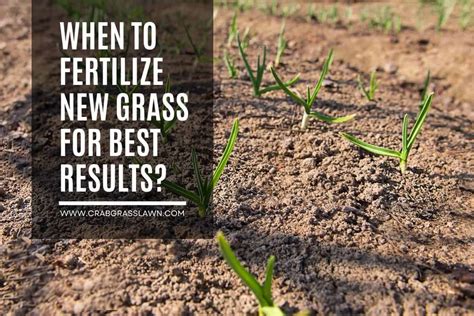First Cut: Make Your New Lawn Thrive
Getting a new lawn is exciting! The lush green expanse promises summer barbecues, barefoot fun, and a beautiful outdoor space. But establishing a healthy, thriving lawn requires more than just planting seeds or laying sod. The first cut is a crucial step in this process, impacting the long-term health and appearance of your grass. Getting it right ensures a strong foundation for years of enjoyment. This guide will walk you through everything you need to know about that all-important first cut.
When Should I Cut My New Lawn for the First Time?
This is a question many new lawn owners grapple with. The ideal time depends on the type of grass and its growth rate, but generally, you should wait until the grass blades are at least 3 inches tall. Cutting too soon can damage the young plants, hindering their development and leaving them vulnerable to disease. For newly seeded lawns, this could take several weeks, even months depending on the season and weather conditions. Sod lawns might reach this height faster.
What if my new lawn is uneven?
Uneven growth is common, especially with newly seeded lawns. Don't worry about achieving a perfectly uniform height on the first cut. Focus on getting the grass to a consistent 3-inch height in most areas. Subsequent cuts will help even things out.
What Height Should I Cut My New Lawn?
The first cut should be a light one. Remove only about one-third of the grass blade's length. So, if your grass is 3 inches tall, aim to cut it to about 2 inches. This gentle approach minimizes stress on the young plants and encourages robust root development.
How often should I mow after the first cut?
After the initial cut, you can adjust your mowing schedule based on growth rate. Aim for a mowing frequency that maintains the grass at your desired height, typically between 2 and 3 inches. This avoids scalping the lawn and promotes a healthy, lush appearance.
What Type of Mower Should I Use?
While various mowers are available, a rotary mower with sharp blades is generally recommended for new lawns. Rotary mowers cut from the top, minimizing damage to the grass crown. Ensure your mower blades are sharp—dull blades tear the grass, leaving it vulnerable to disease. A mulching mower is also a good option, as it finely chops the grass clippings, returning them to the lawn as natural fertilizer.
Should I use a bag or mulching mower for my new lawn?
For the first few cuts, a mulching mower is generally preferred. The finely chopped clippings help retain moisture and provide nutrients to the young grass. However, if you notice that the clippings are clumping or creating a thick mat, you might consider bagging some of the clippings until the lawn is more established.
What Other Tips Should I Keep in Mind for My First Cut?
- Sharpen your mower blades: This is crucial for a clean cut that minimizes damage to the grass.
- Avoid mowing when the grass is wet: Wet grass is more likely to clump and clog your mower, and it can also damage the lawn.
- Adjust the mower height: Different grasses have different ideal mowing heights. Research the best height for your specific grass type.
- Vary your mowing pattern: Alternating your mowing direction each time helps prevent soil compaction and promotes even growth.
- Water deeply and regularly: A well-watered lawn is essential for healthy growth and recovery after mowing.
By following these guidelines, you can ensure that your first cut sets the stage for a healthy and thriving lawn for years to come. Remember, patience is key, and consistent care will reward you with a beautiful, lush green space you can enjoy.

